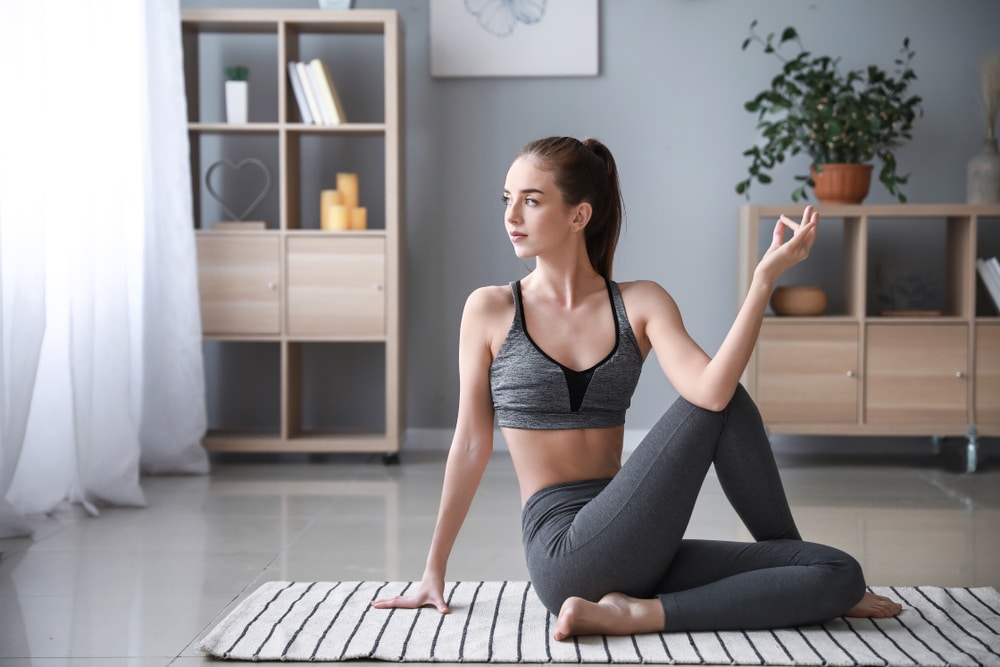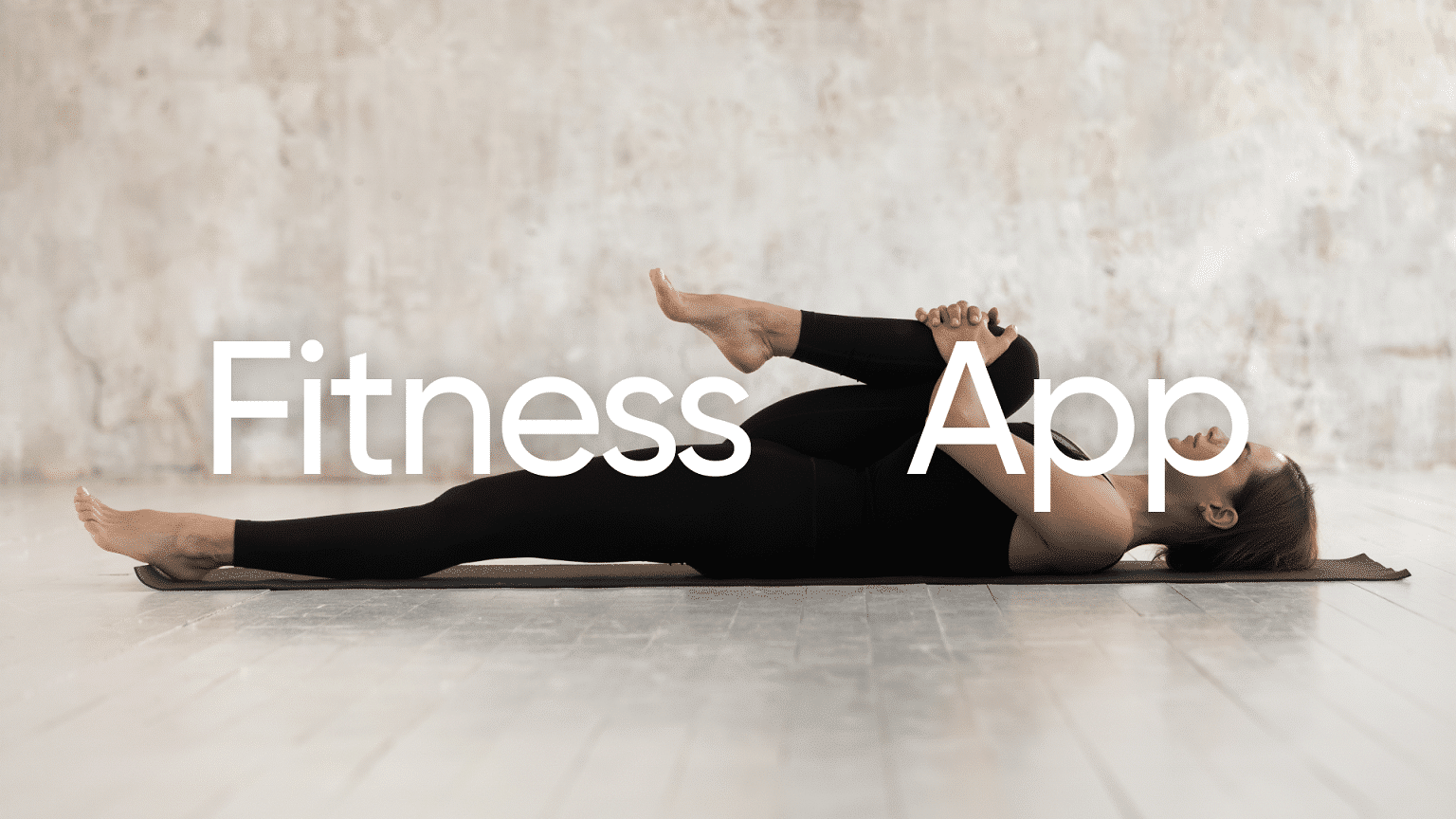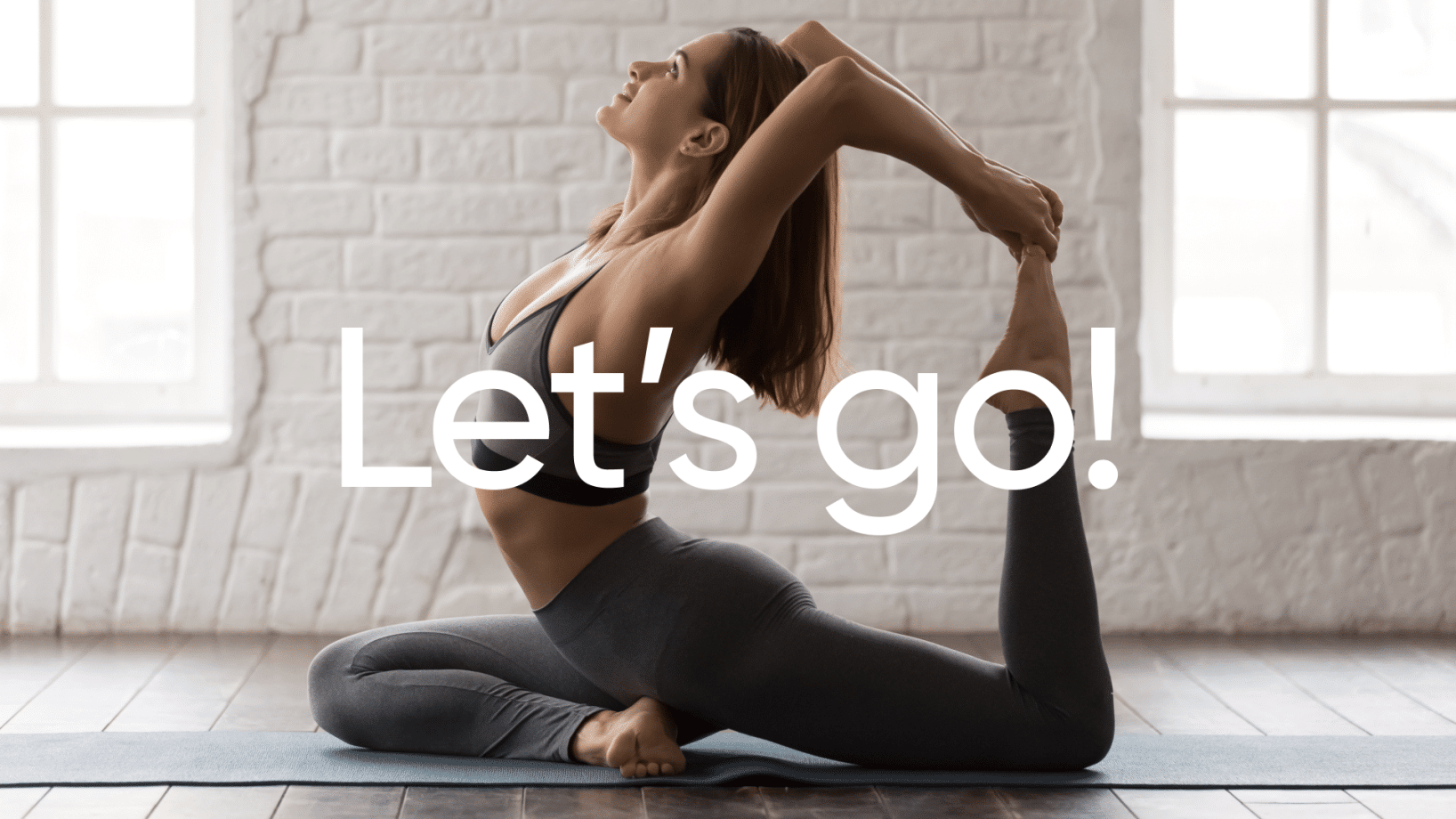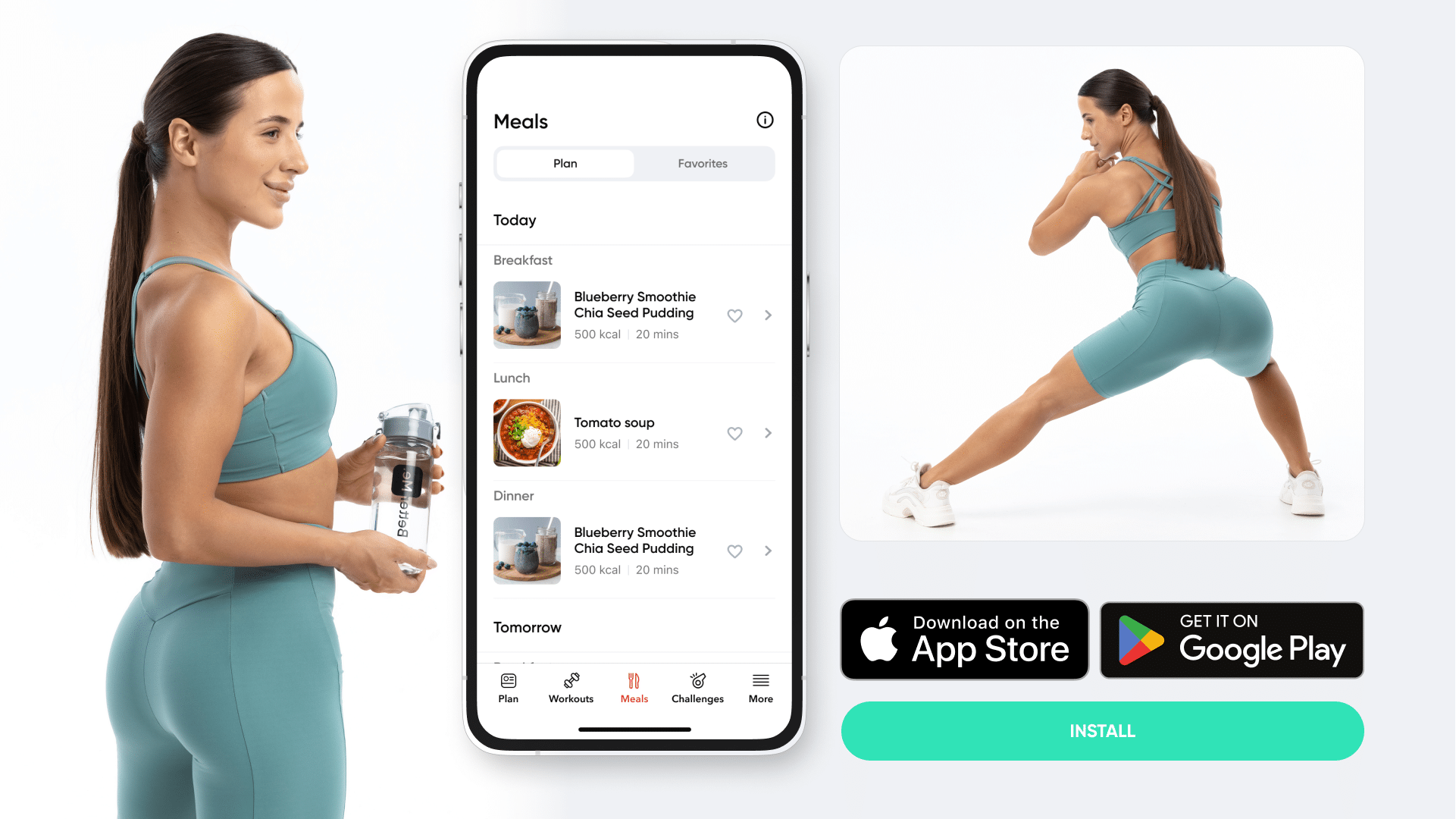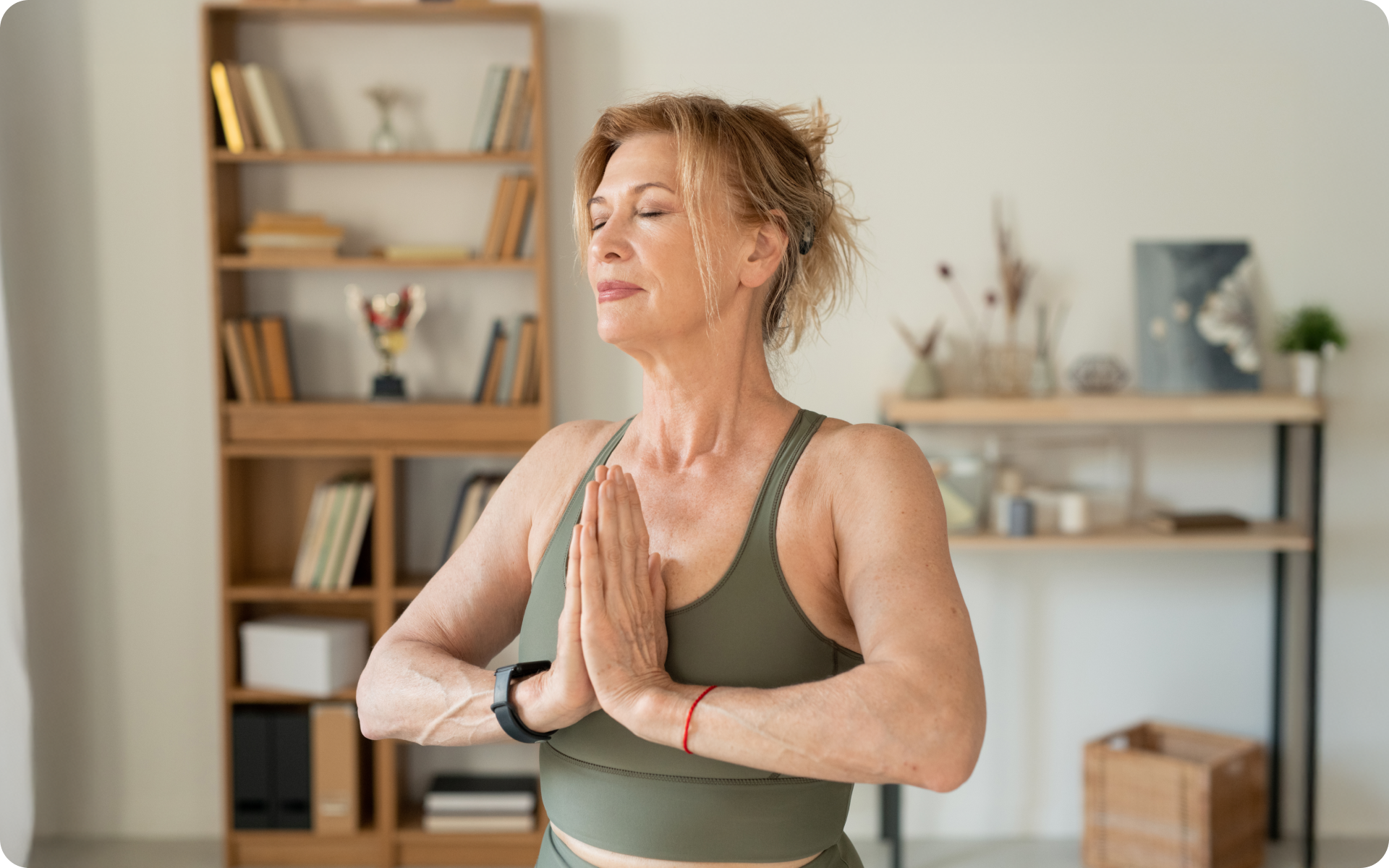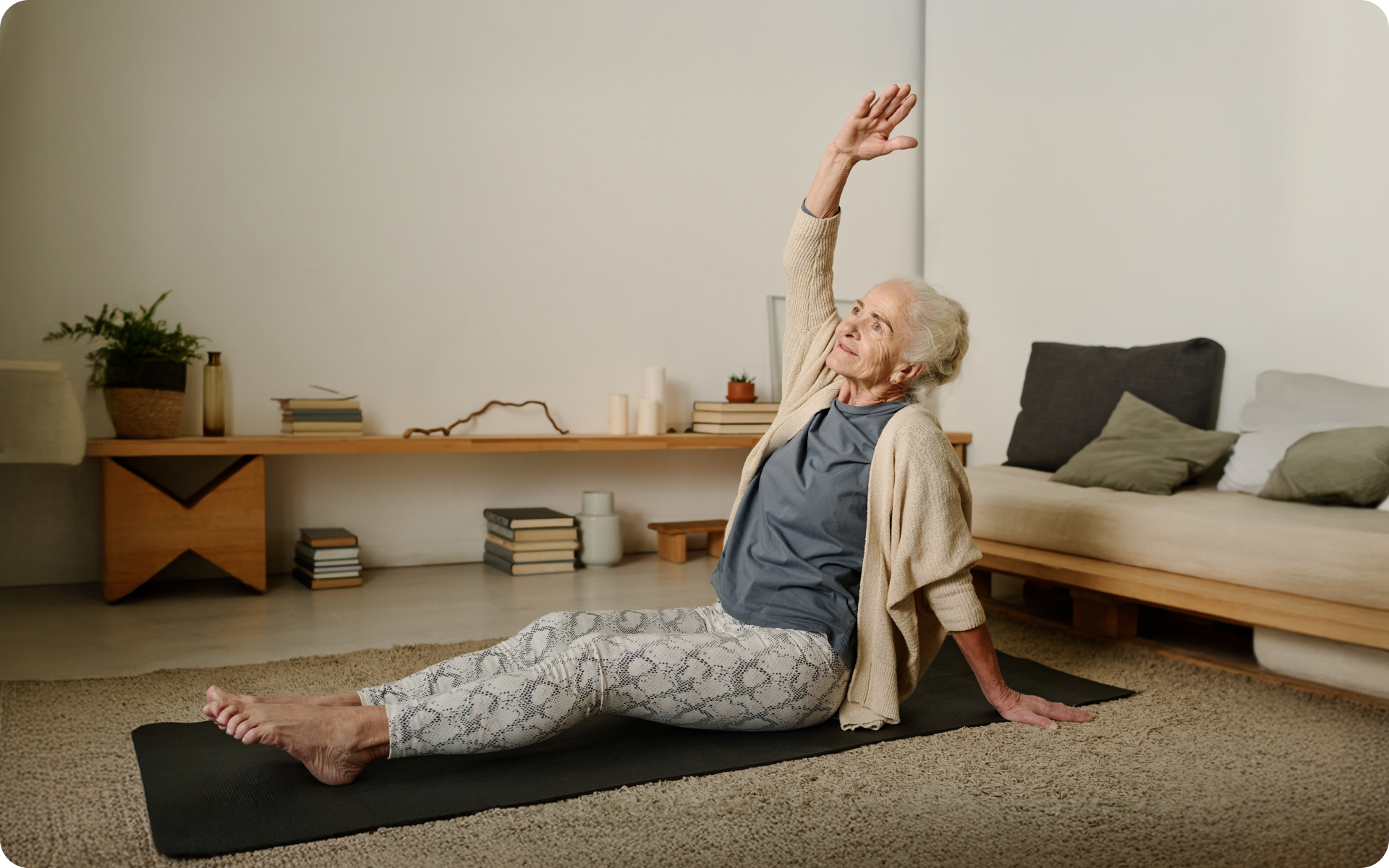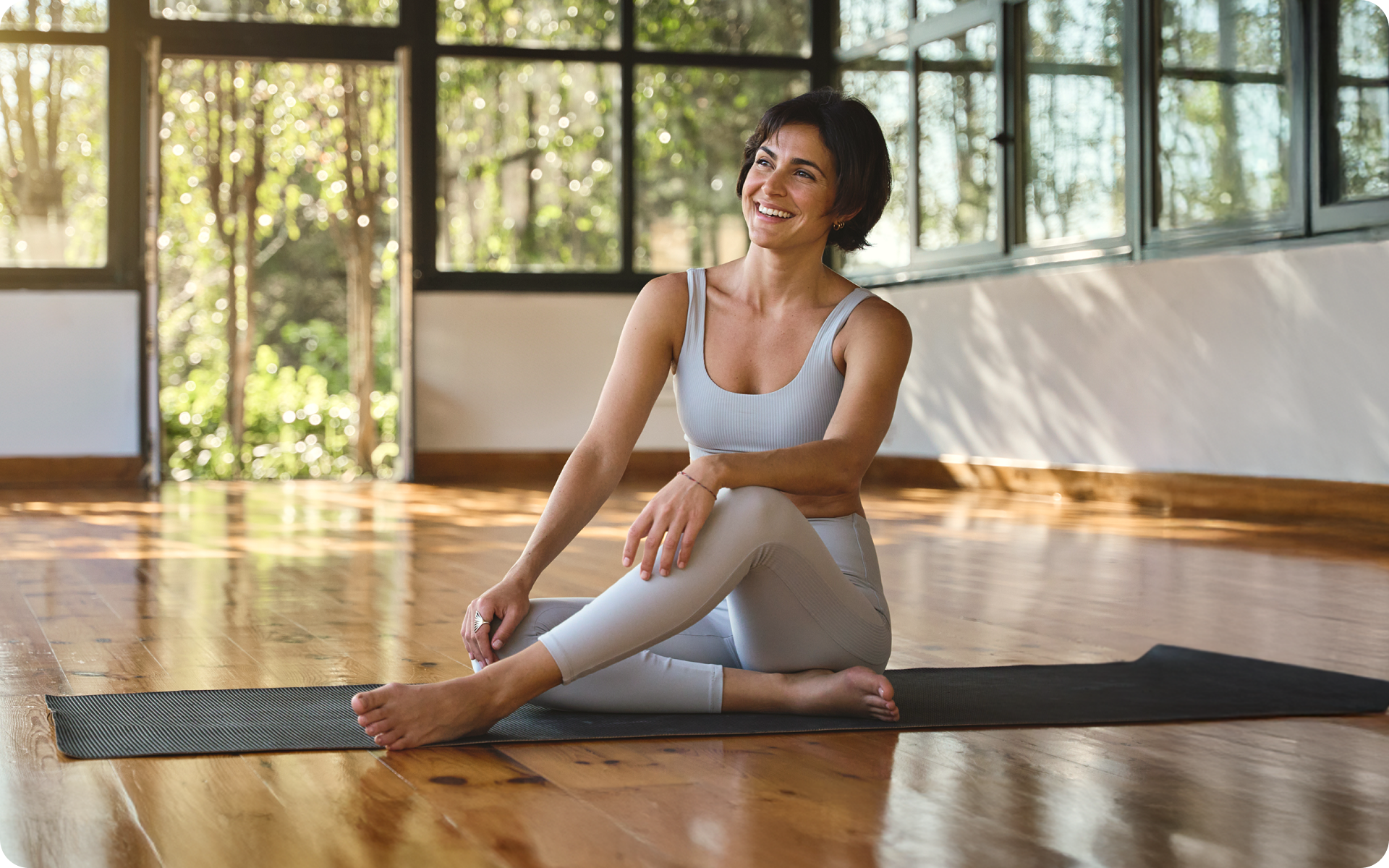The benefits of any yoga practice are good enough reasons to whip out your yoga mat.
From the physical benefits (hello, flexibility) to the mental benefits (we’ll take some stress relief please), yoga is a great tool to help you find balance in every aspect of your life – physically, mentally, and spiritually. But before you get too comfortable in the Warrior II Pose, it’s important to understand the theories behind different types of yoga and their purposes so you can optimize your personal yoga practice.
While you don’t need encyclopedia-level knowledge, a little understanding about the different types of yoga will help you make the most out of your practice.
Yin and Hatha yoga are two of the most common types of yoga practices. They both originate from traditional Indian philosophy, but differ in many ways such as the type of postures practiced and the purpose behind each practice.
We’ll break down the differences between Yin yoga and Hatha yoga so you understand why they matter and how to get the most out of each practice depending on your yoga goals.
The Concept of Yin and Yang
Yin and Yang is a philosophical system that is meant to help people understand how opposing forces can interplay and complement each other in life. This means one aspect cannot be present without the other and vice versa. This ancient Chinese philosophy states that opposite forces are interconnected and work together as parts of a larger whole (6). Yin and Yang are represented in the Taijitu symbol.
Yin and Yang are complementary forces that interact in the natural world in a variety of ways. Yin and Yang highlight the balance that comes from two opposing forces.
Yin is said to be dark, passive, feminine, mysterious, introspective, and reflective. Its qualities include slowness, stillness, calmness, and serenity. Yin can also be seen as a representation of what is hidden in shadows, for example, things we don’t want to confront, which is why when practicing Yin, particularly hip opening poses such as Sleeping Swan, it’s completely normal for deeply stored emotions to arise. The best thing you can do in these moments is allow yourself to avoid resisting these emotions, connect with your breath, and allow them to be released.
Whether you’re a workout beast or just a beginner making your first foray into the world of fitness and dieting – BetterMe has a lot to offer to both newbies and experts! Install the app and experience the versatility first-hand!
Translated into a physical yoga practice, Yin yoga is passive and you spend long periods of time holding each pose. The long holds are specifically designed to target the connective tissues such as ligaments, tendons, and fascia in your body that are not normally engaged during more active forms of yoga such as Hatha or Vinyasa.
Yang is the opposite of Yin. Yang represents light, active, masculine, extroverted, and expressive energies. Its qualities include movement, dynamism, energy, and clarity. Yang represents what we typically see with our eyes in everyday life.
Translated into a physical yoga practice, Yang is often associated with Hatha yoga, which is a more active practice where the poses are held for shorter periods of time and is designed to help tone and strengthen the major muscle groups in your body. It can also involve a more dynamic flow of movements that are linked to the breath, called Vinyasa.
So when it comes down to it, Yin yoga is focused on flexibility and relaxation, while Hatha yoga is a type of Yang yoga that focuses on strength and mobility.
You should think of these as two opposite sides of the same coin. While Yin and Yang are opposite energies, they work together to create balance in your practice, and ultimately in life. This is why pairing Yin yoga with other Yang workout regimens such as running, cycling, and weight lifting can have a positive impact on your physical performance and overall well-being.
What Is the Difference Between Hatha and Yin Yoga?
Below are the main differences between Hatha and Yin yoga:
- Anatomy – Yin yoga is focused on stretching the connective tissues in your body (tendons, ligaments, fascia), whereas Hatha targets major muscle groups (hamstrings, glutes, quads, etc.).
- Purpose – Yin focuses on the mental aspect, such as finding emotional balance, and is more meditation-based, while Hatha is more physically challenging, which helps prepare the body and mind for meditation.
- Pace – Yin yoga is a slow and gentle practice that is focused on relaxation and meditation, whereas Hatha involves active movements flowing from one pose to the next.
- Performance – Yin postures are more floor-based and passive than Hatha, which often includes standing poses.
- Hold – Yin poses are held for several minutes (3-7 minutes) at a time to target the deep connective tissues, while Hatha poses can be held for a few breaths or much shorter periods of time.
- Session Length – Both practices are typically 60-90 minute sessions, but Yin sessions generally incorporate fewer postures than Hatha. For example, in Hatha yoga, it’s typical to expect a warm-up and sun salutations before the standing postures, while in Yi, there is no warm-up in the sequence. This is because Yin is best practiced when your body is cool, which makes early mornings the best time for Yin yoga practice.
- Weight Loss – Yin uses up a small amount of energy, while Hatha tends to be more energetic and creates more internal heat. Hatha yoga is more suitable for weight loss.
Read more: Yoga for Moms Who Need a Break: A Simple Guide
What Are the Similarities Between Hatha and Yin Yoga?
Below are the similarities between Hatha and Yin yoga:
- Philosophies – Yin and Hatha yoga share similar underlying philosophies as both practices originated in the East. Both practices draw from the same ancient Indian tradition and are based on the same chakra system.
- Emphasis on Form and Technique – Both practices place an emphasis on proper alignment in poses to help you move deeper into postures and stay safe throughout your practice.
- Breathwork – Both practices involve mindful breathing, which helps you become more present in your body and mind.
- Forms of Self-Care – Yin and Hatha both offer a great opportunity to practice self-care, which can bring you greater balance in life.
About Yin Yoga: History, Benefits, and How to Practice
Yin yoga was first introduced to the West in the late 70s by Paulie Zink (4). Paulie Zink was a kung fu student who incorporated Chi Kung (Taoist yoga) into his practice and teaching as a means of broadening the study of martial arts. Zink incorporated yoga with martial arts as a way of balancing Yin and Yang energies and practices. The practice of Yin has evolved over the years, but its core foundation remains the same: using long, passive holds of postures to target the connective tissue and create a deep stretch in the body. Sarah Powers named the practice Yin yoga.
Yin yoga, as we know it today, is a very meditative form of yoga. It requires patience, concentration, and the ability to remain still for several minutes at a time. This can be quite challenging mentally. Its slow nature can teach you to better understand your body and help you develop greater self-awareness.
It is a great practice for those who are looking for a “cool-down” from their more active and energetic Yang practices. Other people who may benefit from Yin yoga include those who are recovering from an injury, dealing with chronic pain, or looking to increase their flexibility. It is encouraged to use yoga props such as a strap, blanket, bolster, and blocks to help the poses feel accessible no matter what your level or body type is when practicing Yin yoga.
Anyone who feels the pressure of modern life can benefit from the calming and grounding effects of a Yin practice. Yin will help you counter the stressful days that trigger the “fight or flight” reaction of the sympathetic nervous system, and allow you to tap into the parasympathetic nervous system.
The Benefits of Yin Yoga Are Numerous:
Physiological benefits (5):
- Improved flexibility and mobility of joints
- Stimulation of the organs, glands, and connective tissue
- Relief from joint pain and stiffness
- Connects the physical body to the mental and emotional body
- Contributes to overall health and well-being
Mental benefits (3):
- Improved concentration and focus
- Increased emotional awareness of the body
- Reduced stress and anxiety
- The release of emotions and stagnant energy
To practice basic Yin yoga:
- Start by lying on your back in a comfortable and relaxed position. Take time to settle into the pose of your choice and observe which areas of the body feel tight or uncomfortable.
- Breathe into these areas and consciously soften them with each exhale. As you hold the pose, attempt to stay relaxed and comfortable. If you wish, you can add props to help ease tension or deepen into the stretch. The goal is to find your personal edge and settle into it while connecting with your breath.
- After 3-7 minutes, slowly and gently move out of the pose and pause. Come into a neutral seated position and allow your body to feel the sensations from the previous pose to move throughout the body. After the pause, you can transition into another pose or end your practice.
Common Yin yoga postures include:
Child’s Pose (Balasana)
This folded posture targets the hips, thighs, spine, shoulders, ankles, and neck. It helps to activate the parasympathetic nervous system and encourages deeper breathing. Here’s how to practice:
- Start on your hands and knees. Form a tabletop position and sink your hips back to your heels.
- You can bring your knees closer together or separate them hip distance apart or wider. If you’re not feeling as flexible, keep your knees and thighs closer together.
- Extend your arms out in front of you with your palms facing down or opt to rest your arms alongside your body with your fingers resting behind you.
- If possible, allow your head to come to the mat.
- Take a few deep breaths and enjoy the pose for up to 5 minutes or longer if you feel comfortable.
Optional modifications:
- Place a folded blanket under your knees.
- Place a bolster between your glutes and heels for comfort.
- Place a block under your forehead.
- Place a bolster under your torso and rest on top of it.
The Frog Pose (Mandukasana)
The Frog Pose helps open up the hips, inner thighs, and groin. These areas often carry a lot of tension and stress, and releasing this helps restore balance in the body and mind. Here’s how to practice:
- Start on all fours with your hands and knees shoulder-width apart in a tabletop position.
- Lean into your hands and gently scoot your knees out to the sides.
- Keep your knees and ankles behind you and turn your toes out to the side.
- Rest on your forearms on the floor and sink your hips back to deepen the stretch.
- Take a few breaths, feeling your hips and inner thighs open up. Enjoy the sensation of having more space in this area of your body.
- To come out of the pose, place your hands under your shoulders, gently bring your knees back to the center, and slowly lower the hips down to the heels. Rest for a few breaths in Child’s Pose.
Sphinx Pose (Salamba Bhujangasana)
The Sphinx Pose strengthens the spine, stretching and strengthening the entire back body. It also opens up the chest and shoulders, which allows for a deeper, easier breath.
This pose can be challenging for beginners as it requires balance and strength.
- Start by lying flat on your stomach.
- Place your elbows directly beneath your shoulders and bring up both forearms parallel to each other.
- The tops of the feet should remain touching the floor as you press into the tops of your legs.
- Keep your back straight and your chest open with your shoulders away from your ears. Your gaze should be forward and your chin should be tucked into your chest slightly.
- Remain in this pose for several minutes, focusing on slow and even breaths. You can increase your hold time as you become more comfortable with the posture.
- When you’re ready to come out of the pose, release your arms by your sides, and slowly lower your torso back down.
- Take a moment in this resting position before you move on to other poses.
Optional:
- Stack blocks to rest your forehead on for support.
- Extend your arms or widen them to make the pose easier.
Dropping pounds by the dozens without putting yourself through the wringer is everyone’s weight loss pipe dream. But what if we told you that the BetterMe app can make that happen? Keep yourself in prime shape with our fat-blasting workouts, delicious budget-sparing recipes, and body-transforming challenges with our app!
About Hatha Yoga: History, Benefits, and How to Practice
Hatha yoga has a long history that dates back over 2,000 years (1). It combines physical postures (asanas), breathing practices (pranayama), and meditation (dhyana) as a way of building strength and flexibility, increasing concentration, and promoting overall well-being.
Unlike Yin yoga, Hatha tends to have more active movements and postures that are held for shorter periods of time.
It is a great practice for anyone who is looking to build strength, increase flexibility, and create a sense of grounding. It is also beneficial for those who seek an energizing, invigorating workout that can help reduce stress and improve mental clarity.
The primary benefits of Hatha yoga include:
Physiological benefits (2):
- Improved strength
- Increased cardiovascular health
- Enhanced flexibility
Mental benefits (2):
- Improved stress management
- Increased self-awareness and body awareness
- Heightened focus and concentration
If you are new to Hatha yoga, there are many classes available both in studios and online. A basic practice can be undertaken with simple, foundational postures.
Start by standing in Mountain Pose (Tadasana). Take some time to feel the connection between your feet and the ground and feel your breath rising and falling through your body.
You can move into a modified Sun Salutation sequence, followed by any other postures you feel drawn to. Make sure to take restorative postures between poses to help bring balance and relaxation into your practice.
Some Hatha yoga poses you can try include:
Warrior II Pose (Virabhadrasana II)
This helps open up the hips and build strength in the legs. It is connected to the Hindu god of war, who is believed to have been a master of physical and mental strength.
- Start in Mountain Pose, making sure your feet are slightly wider than hip-distance apart.
- Step your right foot back and turn it out to the side so it’s perpendicular to your left foot.
- Bend your right knee and bring your arms out to the side, in line with your shoulders.
- Keep the hips square and retract your shoulder blades onto your back.
- Hold this pose for 3-5 breaths before repeating it on the other side.
Tree Pose (Vrksasana)
This pose is great for cultivating balance and focus. It helps open up the hips, improve posture, and relieve stress.
- Start by standing in Mountain Pose and bring your hands into a prayer position at the center of your chest, with your palms facing each other.
- Shift your weight onto your left foot and slowly lift your right foot off the ground.
- Place the sole of your right foot on the inner thigh or calf of your left leg.
- Keep your hips square, and then raise your arms up to the sky.
- Hold this pose for 3-5 breaths before releasing and repeating on the other side.
Seated Forward Fold (Paschimottanasana)
This pose helps to gently stretch the hamstrings while also promoting a sense of calmness.
- Start in a seated position with your legs extended in front of you.
- Inhale, lift your arms up over your head, and stretch your spine.
- Exhale, fold forward from your hips, allowing your arms to reach toward your feet.
- Keep your spine long and hold the pose for 3-5 breaths.
- Slowly come back up to a seated position, keeping your core engaged.
Optional:
- If you want to stretch your lower back rather than your hamstrings, bend your knees generously and allow your chest to come on top of your thighs.
Read more: Somatic Yoga: A Journey to Self Discovery
The Bottom Line
Yin yoga and Hatha yoga are two sides of the same coin. Each practice offers its own set of benefits. While Yin yoga is perfect for those who are looking to unwind and feel grounded, Hatha provides a more active, energizing practice.
However, ultimately, both practices can be used to achieve a sense of balance and harmony in the body and mind. The best practice is whichever works best for you.
DISCLAIMER:
This article is intended for general informational purposes only and does not serve to address individual circumstances. It is not a substitute for professional advice or help and should not be relied on for making any kind of decision-making. Any action taken as a direct or indirect result of the information in this article is entirely at your own risk and is your sole responsibility.
BetterMe, its content staff, and its medical advisors accept no responsibility for inaccuracies, errors, misstatements, inconsistencies, or omissions and specifically disclaim any liability, loss or risk, personal, professional or otherwise, which may be incurred as a consequence, directly or indirectly, of the use and/or application of any content.
You should always seek the advice of your physician or other qualified health provider with any questions you may have regarding a medical condition or your specific situation. Never disregard professional medical advice or delay seeking it because of BetterMe content. If you suspect or think you may have a medical emergency, call your doctor.
SOURCES:
- A Concise History of Hatha Yoga (n.d., yoga-teacher-training.org)
- Exploring the therapeutic effects of yoga and its ability to increase quality of life (2011, nih.gov)
- Five-week yin yoga-based interventions decreased plasma adrenomedullin and increased psychological health in stressed adults: A randomized controlled trial (2018, nih.gov)
- The Art of Yin Yoga: An Interview With Its Founder, Paulie Zink (n.d., yogainternational.com)
- The Importance of Yin Yoga for Physical and Mental Health (2022, bronsonhealth.com)
- Yin yang (2010, nih.gov)
